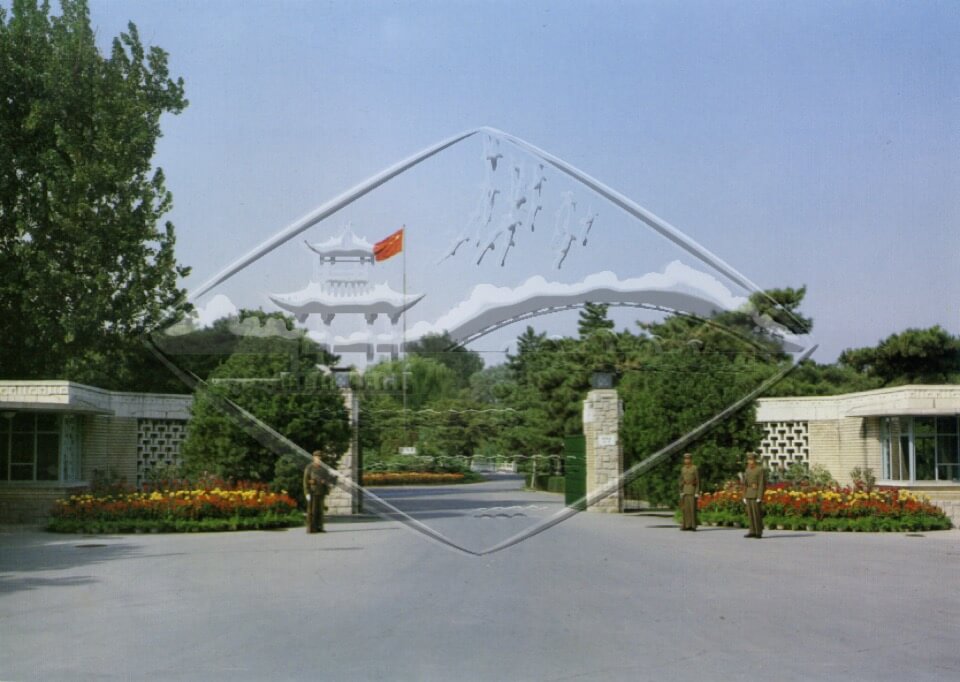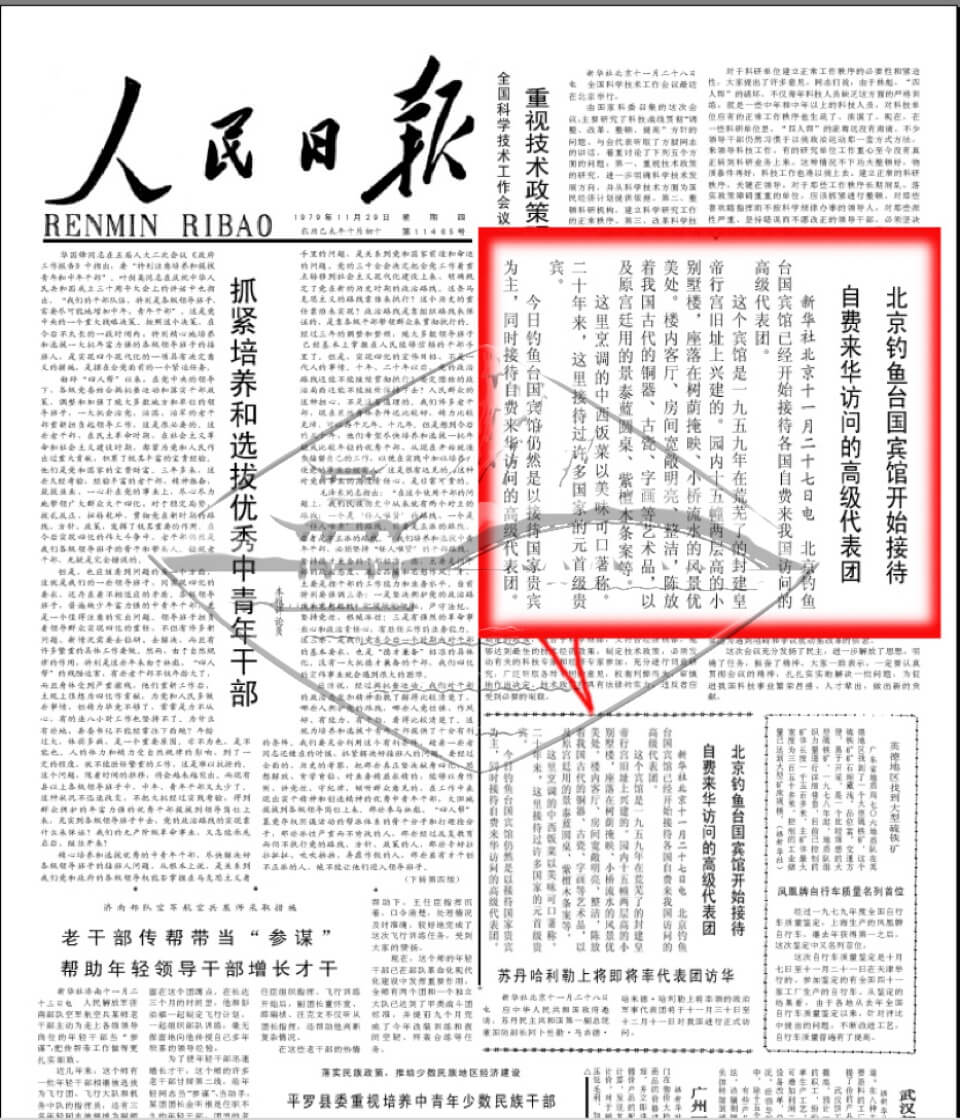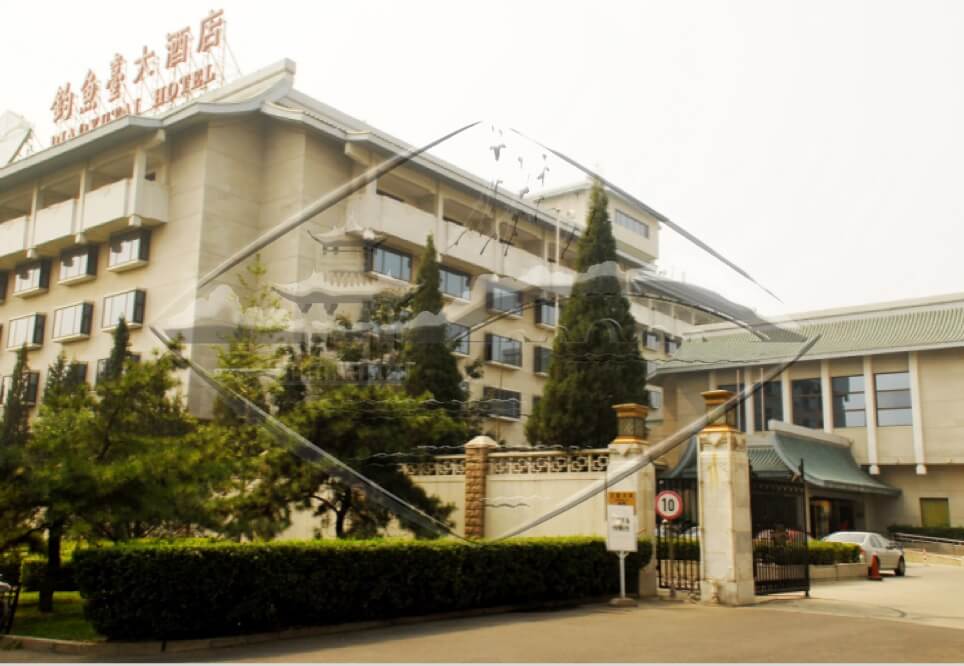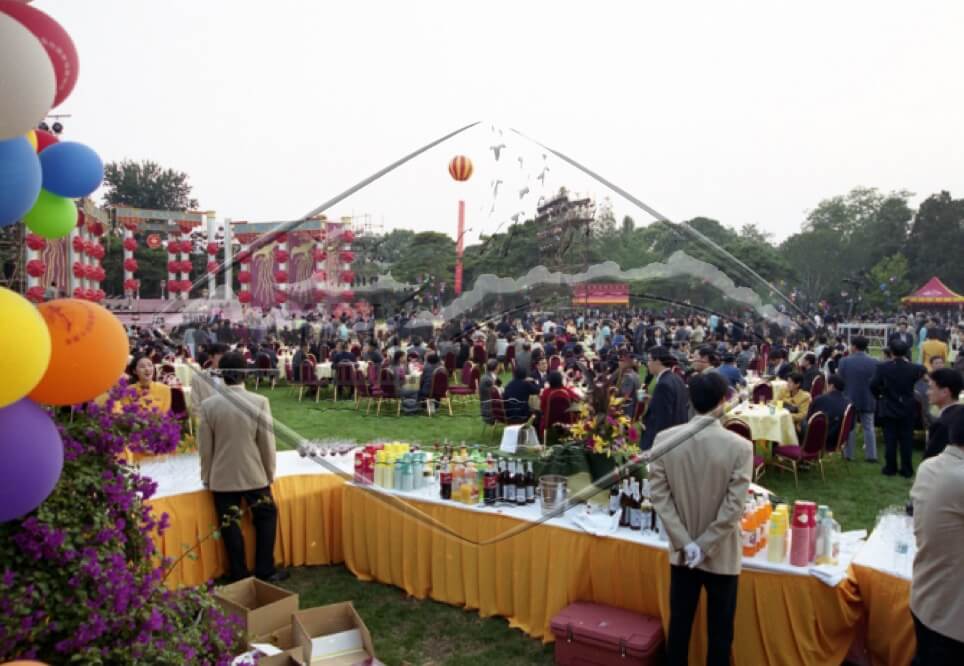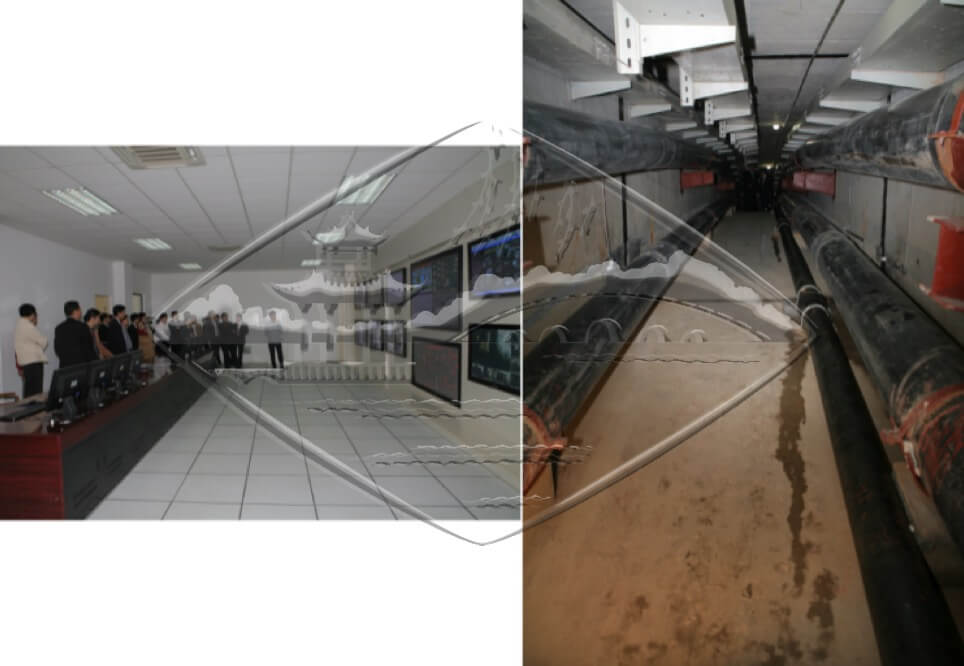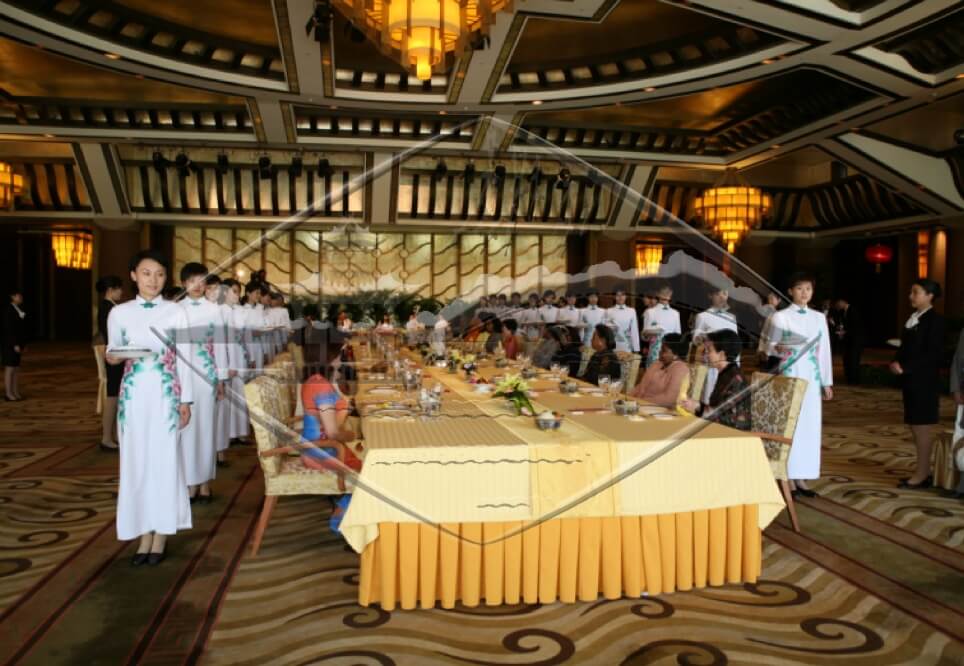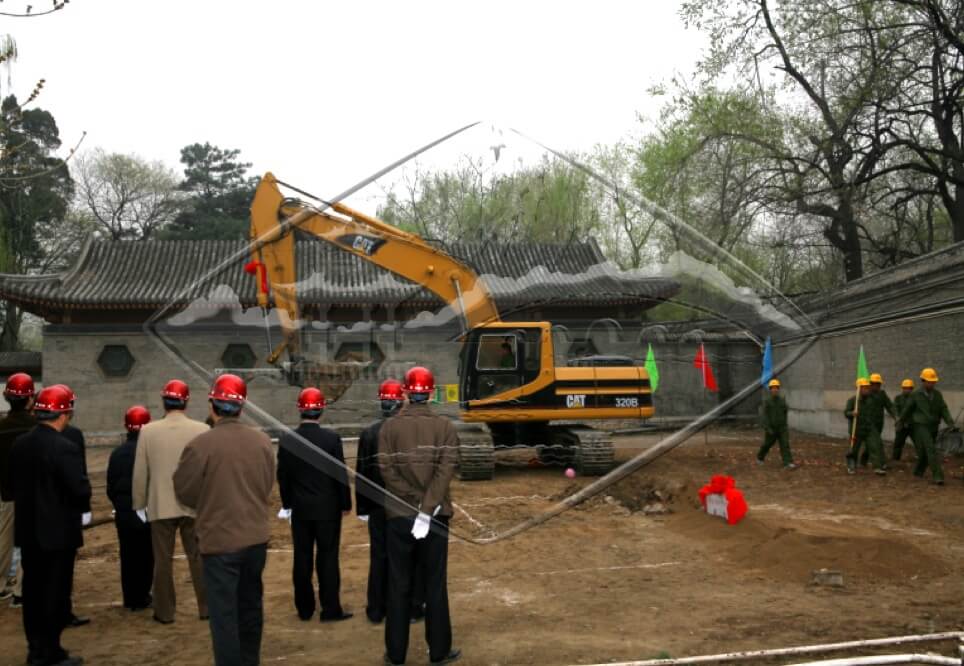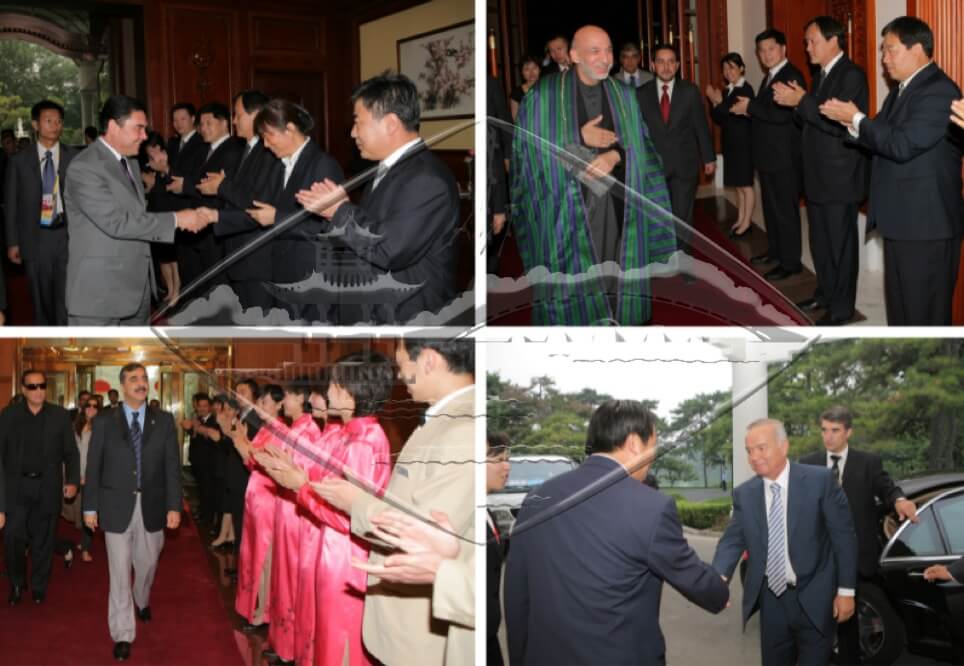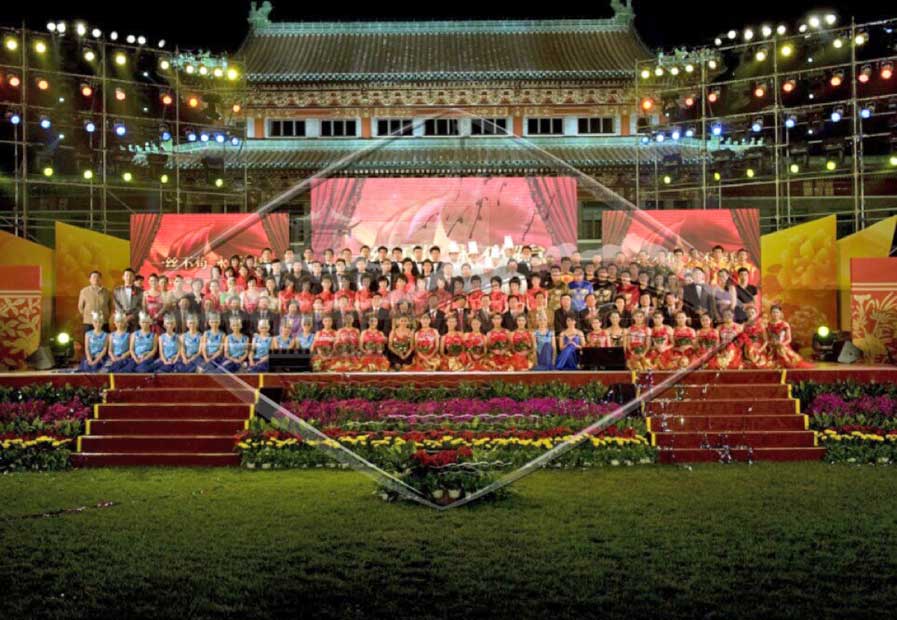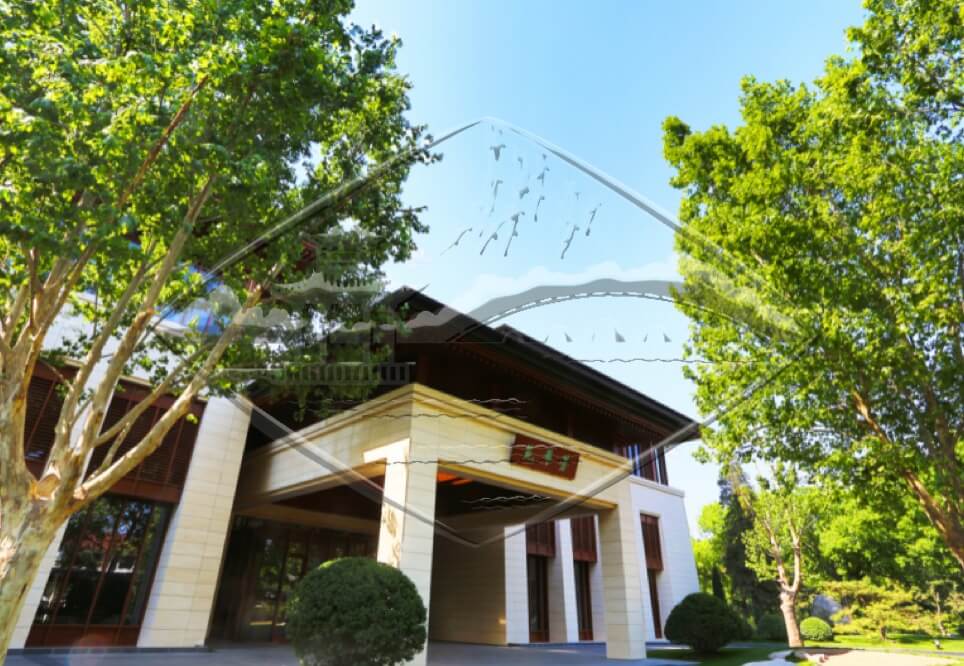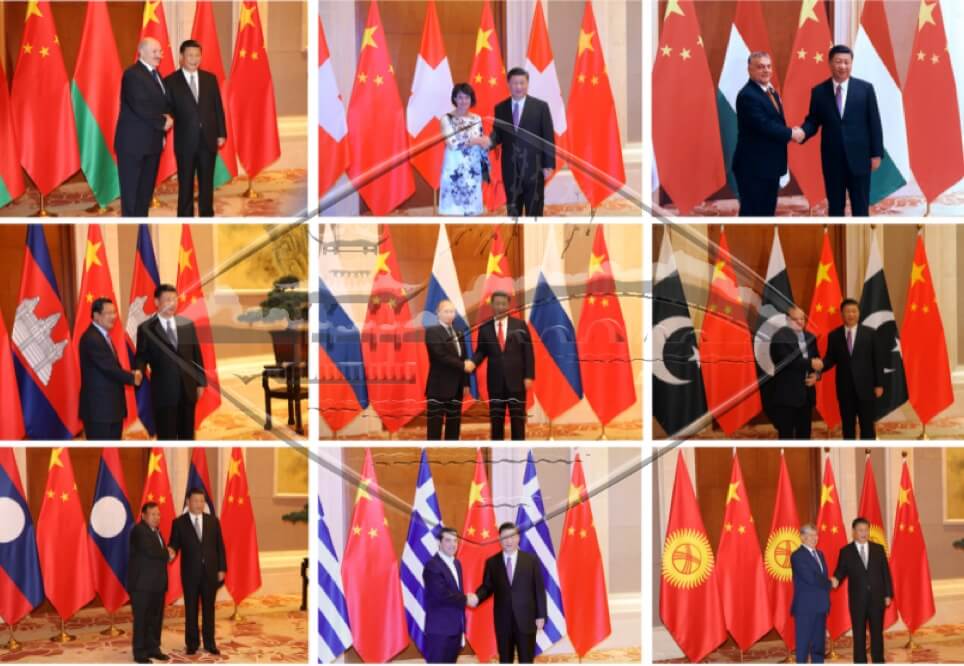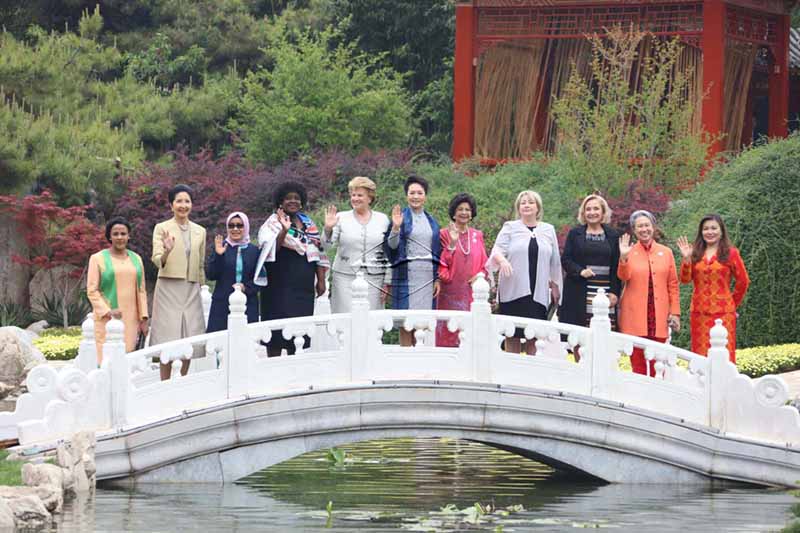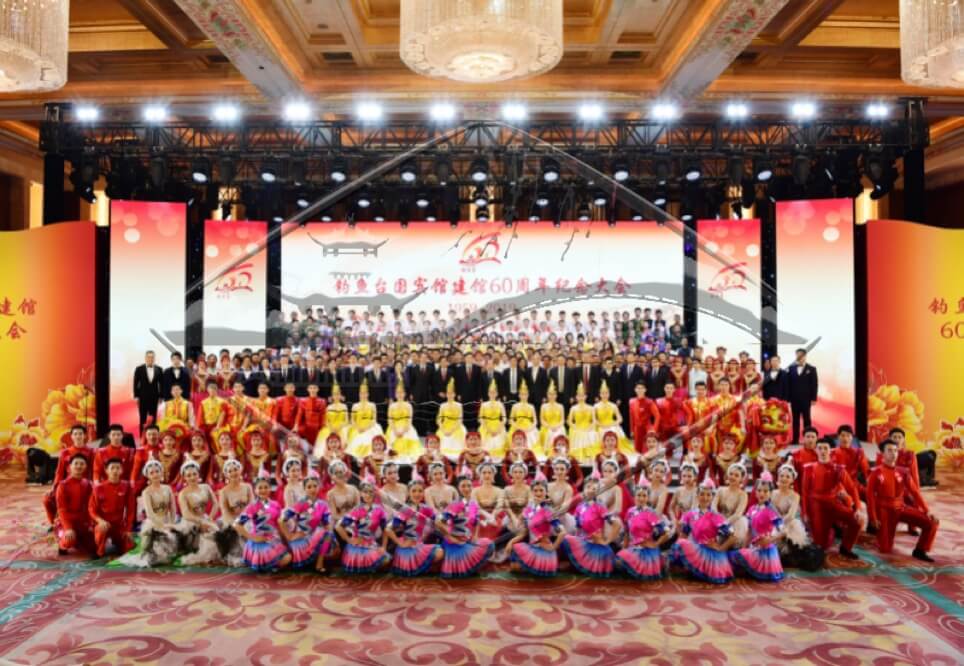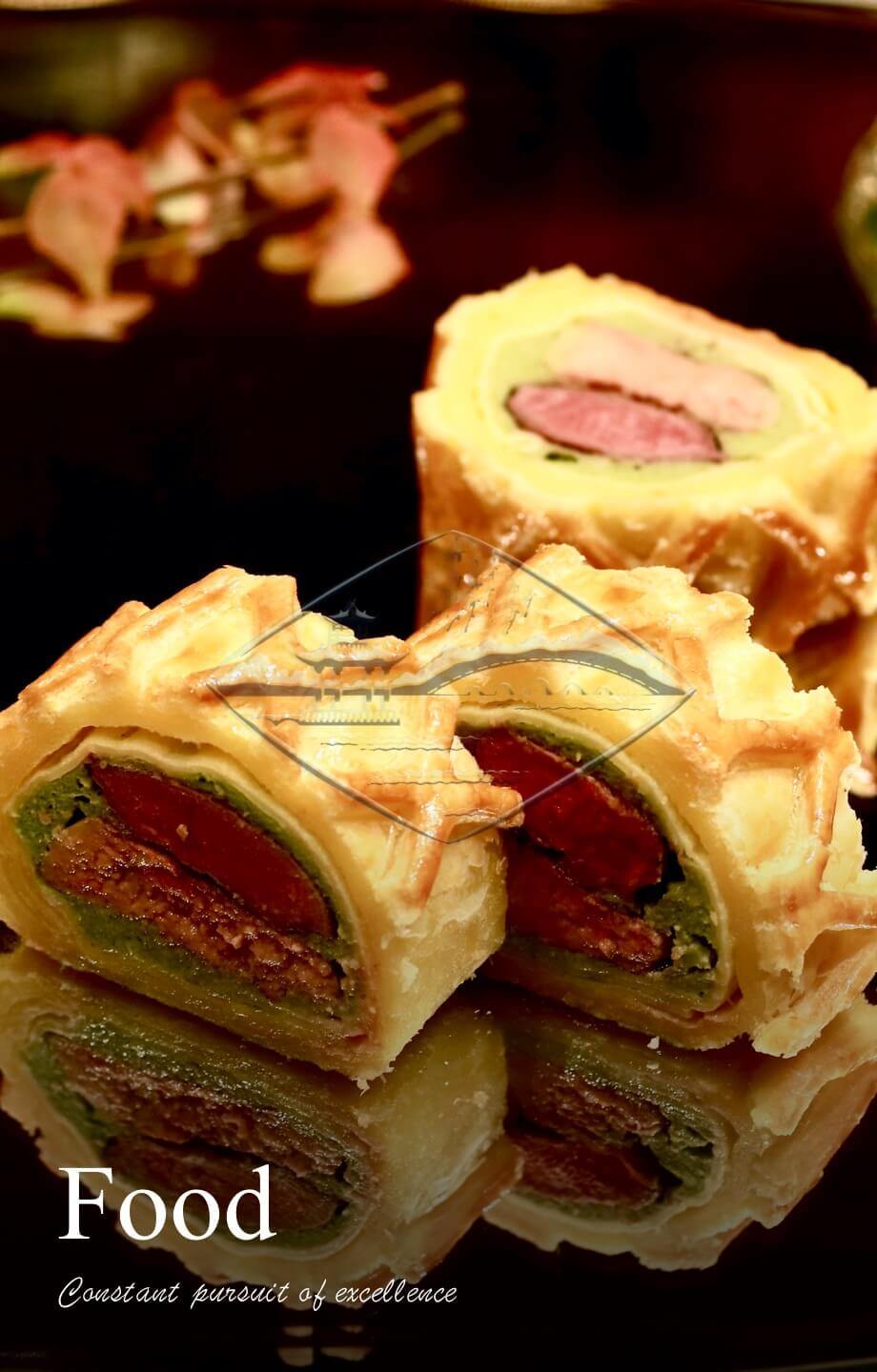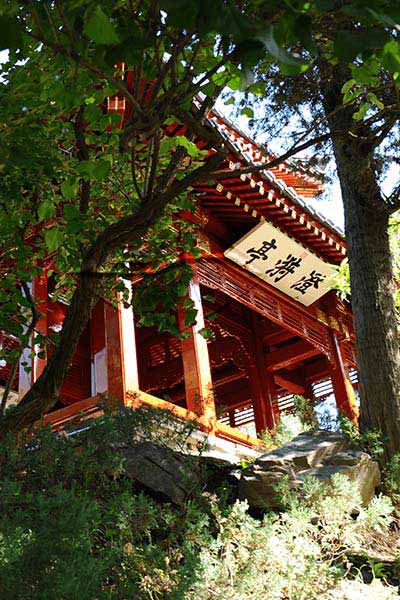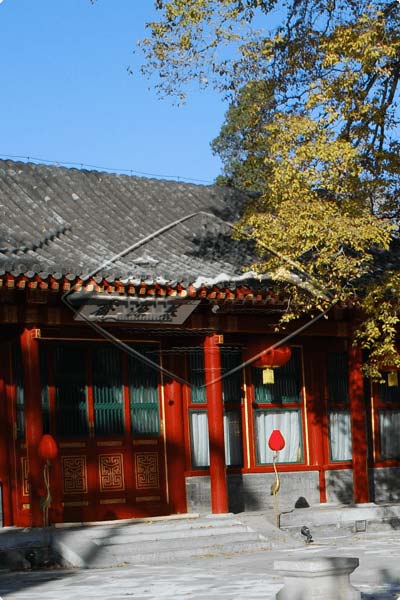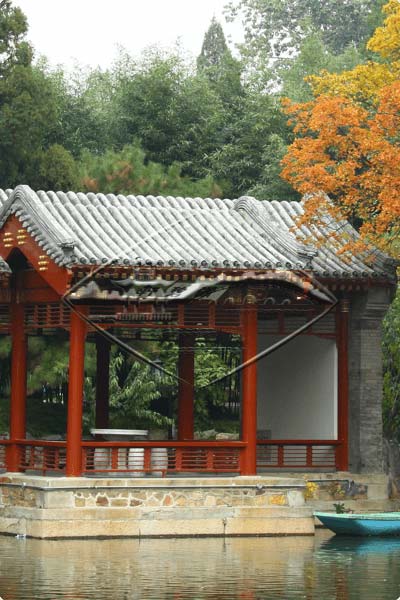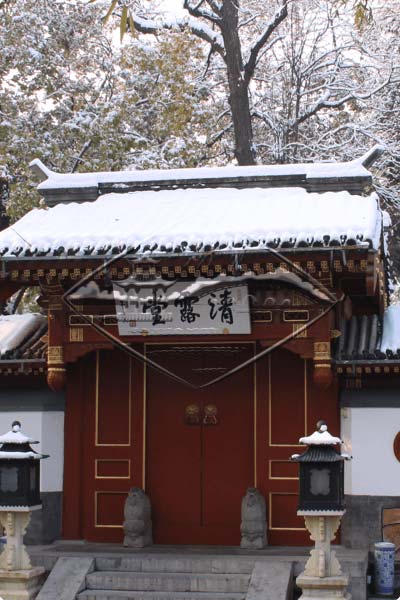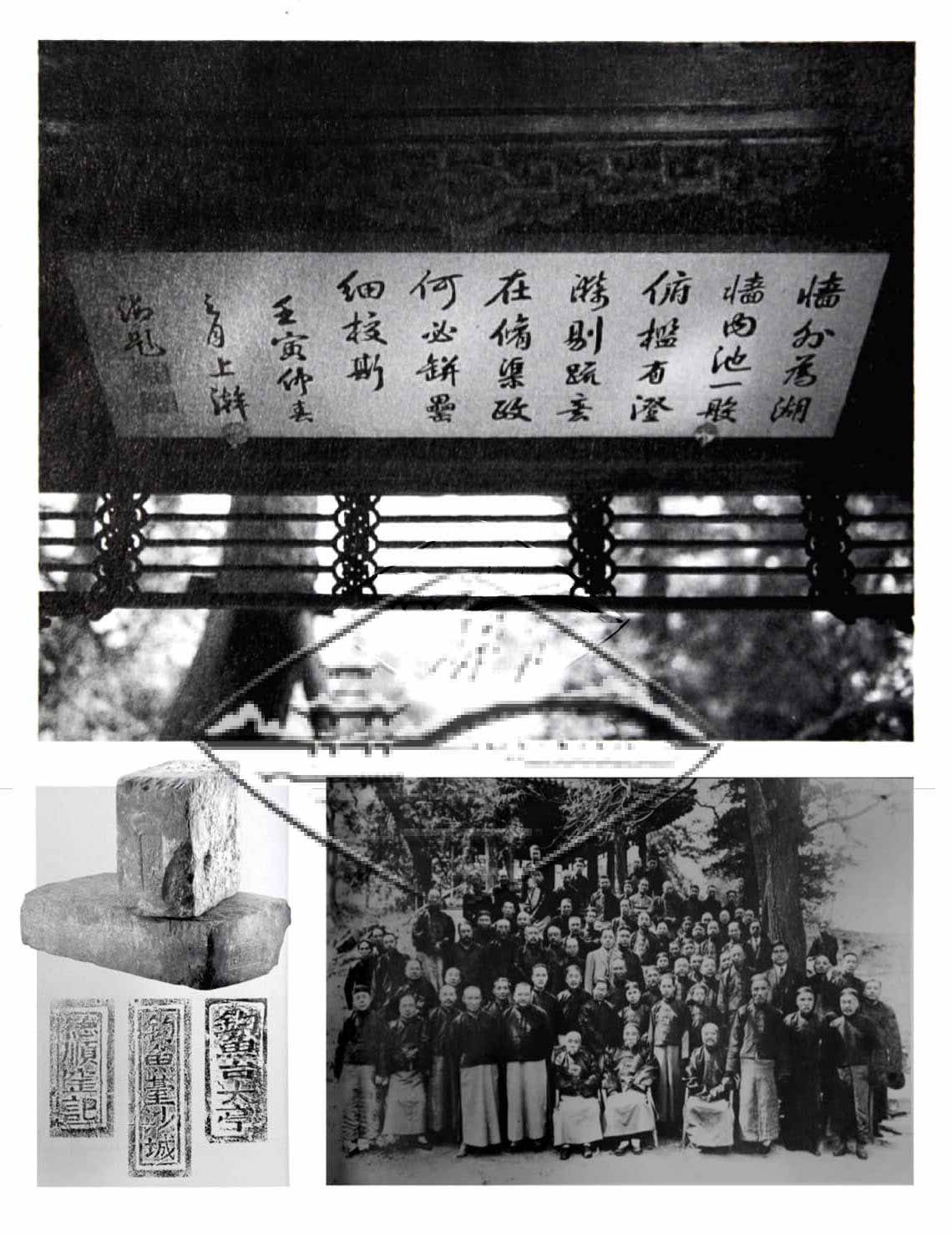
Boasting a long history of over 800 years, Diaoyutai was a palace for the emperors in the Jin Dynasty. Emperor Zhangzong Wanyan Jing (1168-1208) used to visit here and go angling. Thus, it was called “ancient pavilion for the emperor’s angling”. Lian Xixian (1231-1280), Prime Minister of the Yuan Dynasty, built a villa Wanliu Hall here, designed a Qinglu Hall over a pool, and planted 100 willows around the pool, making here a popular spot. In the Ming Dynasty, it became the dwelling place for royal families and senior officials.
In the Qing Dynasty (1644-1911), the Imperial Garden was expanded, reaching the heyday in the reign of Emperor Qianlong (1736-1796). In 1774, Diaoyutai Building (present Wanghai Building), and a dozen of palaces, houses, and pavilions were built. In 1776, Diaoyutai Palace was completed, including such four major buildings as Yangyuan Hall, Xiaobi Pavilion, Chengyi Pavilion, and Diaoyutai City. The three Chinese characters “Diao Yu Tai” and a poem inscribed and written by Emperor Qianlong (1711-1799) were placed on the eastern and western sides of the terrace. After the reign of Emperor Tongzhi (1861-1874), imperial families often settled here when they visited the Western Mausoleums and the Summer Palace.
During the period after the 1911 Revolution, the abdicated Emperor Puyi (1906-1967) still “maintained the honorific title”, and presented Diaoyutai to his teacher Chen Baochen (1848-1935). Chen “renovated the old yards, repaired old buildings, and unblocked the water and springs”. Chen often received guests here, and wrote poems to record the times. He collected the poems into one book. It is worth mentioning that, Chen treated Japanese calligraphy and painting connoisseur Komuro Suiun and invited him to watch Chen’s collected calligraphy and painting works at Diaoyutai in 1921, marking the first reception of the foreign guest in the history of Diaoyutai.
Since ancient times from the Yuan Dynasty to the Qing Dynasty, many literati had written poems to praise Diaoyutai, among which over 100 poems have been passed down. These poems witness the rise and fall of Diaoyutai, and endow the garden with profound culture.
Overview of landscape
ancient building of the DSG


